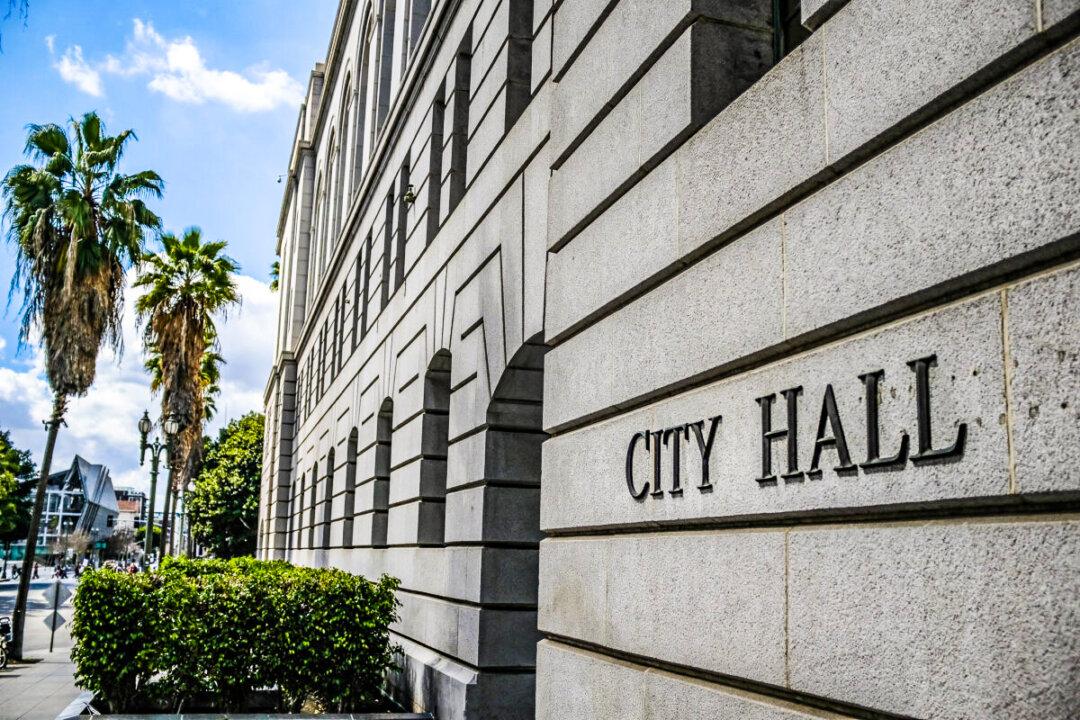The Los Angeles City Council approved the final map for the city’s 15 council districts on Dec. 7.
The map, based on 2020 Census data, will take effect at the beginning of 2022 and will define district lines in Los Angeles for the next decade.

The Los Angeles City Council approved the final map for the city’s 15 council districts on Dec. 7.
The map, based on 2020 Census data, will take effect at the beginning of 2022 and will define district lines in Los Angeles for the next decade.